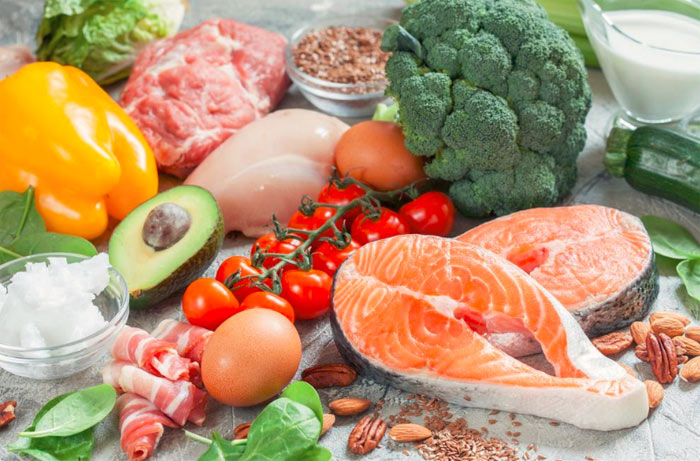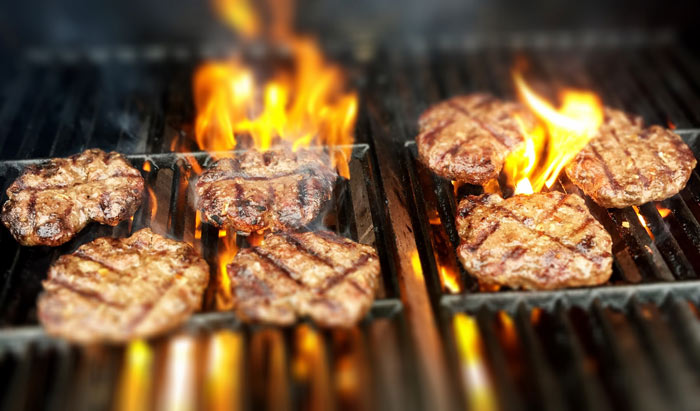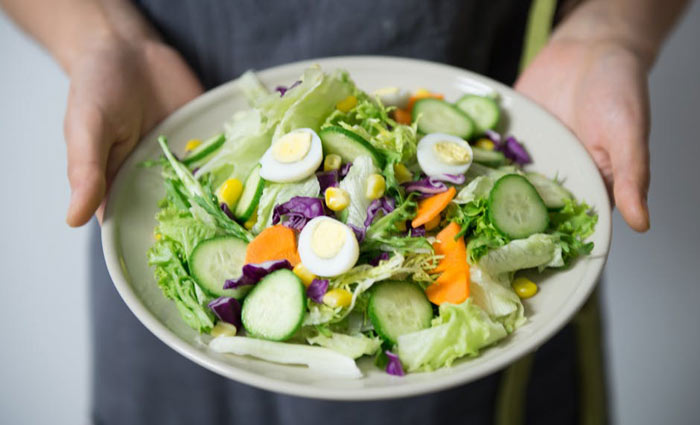Looking to start a high-fat, low carb dieting plan? There are a few things to know to help you prepare well for the challenges and set yourself up for success.

Starting a ketogenic diet is not always an easy thing to do. After all, what it means is that you’re making a complete detour from your regular way of eating. But a lot of people are jumping into the keto diet, which puts your body into a state of ketosis. That is what happens when your body switches to fat-burning in place of than carb-burning, thereby resulting in weight loss and other reported health benefits such as control of diabetes.
This article is a guide to practical preparations you should make to get your mentally prepared for the big change ahead.
1. In basic terms, a ketogenic diet is low in carbs and high in fats
Carb in your diet will be severely limited – less than 10%. In contrast, it must contain 60-80% fat so your body can stay in ketosis.
So, make sure to be well aware of foods that are mostly carbs, fat, and protein, to help you make the right choices. You shouldn’t just avoid the usual suspects like bread, cookies, chips and ice cream; as some foods not typically categorized as carbohydrates such as beans, fruits and veggies are often also high in carbs.
2. You’ll need to review your fat ingestion
It can be hard making the change to a high-fat diet; the key is to start small and make adjustments as you go such as trying out replacement food or meal add-ons. For instance, go for the low-carb veggie in place of rice or potatoes with your meal, and start learning to use more oil in your cooking.
3. It requires you to skip many types of food, including healthy ones
You probably have realised by now that being on a ketogenic diet means making some hard decisions, which may include having to stay off some of your favourite meals – including healthy ones. That’s because a keto diet meal plan requires you to stay on a strict carb gram (the specific number depends on your body type and activity).
So, when on a keto diet, be ready to skip on many types of food, and in some cases ones containing natural and healthy carbs such as beans, vegetables and some types of fruits. When you’re in ketosis, ingesting one tiny, extra carb can disrupt the process; and it doesn’t even matter if it’s a healthy or unhealthy one.
4. Contrary to what you’ve probably heard, it’s not an “all-meat” diet
 Besides fats like oils and butter, the only food that doesn’t contain carbs is meat (protein). It’s why some people misinterpret ketogenic meal plans as a diet plan for people who love eating meat and cheeseburgers. But that’s not true.
Besides fats like oils and butter, the only food that doesn’t contain carbs is meat (protein). It’s why some people misinterpret ketogenic meal plans as a diet plan for people who love eating meat and cheeseburgers. But that’s not true.
While it has good fat content, meat is primarily protein; so if too much of it is consumed, the dieter risks interrupting ketosis. Rather than bingeing on meat, you can increase your fat intake with meal add-ons such as dressings made with olive oil, avocado, and sauces made with butter or heavy whipping cream.
5. Hone your cooking skills
Look at a variety of useful resources and cookbooks on keto meals plans online to help you lose weight and keep it off. A great idea is to find four or five recipes with foods you’re certain you’ll love to make your diet journey easier and enjoyable.
6. You may have the “keto flu”
When the body begins to transition from its main energy source of glucose to fat, it may experience some shock known as the “keto flu.” It typically manifests in occasional lightheaded, lethargic or irritable feeling and lasts just between one and three days. But not every dieter is affected by the keto flu, and you could just be one of the resilient ones.
However, you can’t be too sure and it’s best to learn how to manage the symptoms if you do have it. You should start your keto diet meal plan on a date you’re absolutely sure you don’t have crazy deadlines and obligations to fulfill. Pick a time when you know you have the luxury to rest a little more. Also make sure to avoid workouts, especially in the first and second weeks of your plan as your body slowly switches to using fat as fuel instead of carbs.
7. It’s a temporary meal plan
 Although keto dieters report a high success rate with their weight loss goals, the meal plan isn’t meant to be permanent. For starters, you’ll need to interrupt your normal way of eating and general lifestyles like going on dinner outings with friends and family. It’s very likely not something you can keep up with every day of your life.
Although keto dieters report a high success rate with their weight loss goals, the meal plan isn’t meant to be permanent. For starters, you’ll need to interrupt your normal way of eating and general lifestyles like going on dinner outings with friends and family. It’s very likely not something you can keep up with every day of your life.
The keto diet plan has a time span, depending on your body, goals, and activity, say 12, 14, 15 or even 16 weeks. What you owe to yourself after the meal plan is to sustain the success with a healthy, well-balanced diet subsequently.










